Reclaiming a piece of history
Updated: 2014-10-31 12:51
By Chris Davis(China Daily USA)
|
||||||||
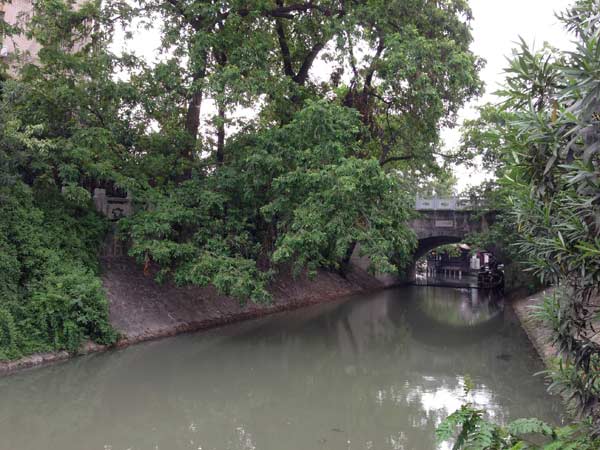 |
|
For centuries a vibrant cultural gathering place, the Minor Qinhuai River in Yangzhou has fallen to neglect. A plan has been adopted to bring it back to life. Provided to China Daily |
Challenging stage
Andrews said that stage has been a bit more challenging in China. "It can often take time to convince people that it is a safe environment where they can express their opinions," he said.
The key piece of the project, of course, was the waterway itself, which was more than just a moat filled with water. It was a living body of water that came off the Grand Canal, snaked its way into town, made its loop and then continued on to the Yangtze River. But it was a mess.
Mayor Zhu and everyone knew that if the water quality of the Minor Qinhuai River was not significantly improved, the project would never succeed.
Overland turned to world renowned engineering company Arup, which already had several offices in China. Their landscape and water consultants who specialize in rivers and canals came up with three strategies.
They could isolate the waterway, basically turn it into a large re-circulating swimming pool, which had the advantage of total control (as long as storm water and foul inlets could be managed). Or, they could construct inflatable dams, so that at certain times - if there was a flood upstream, for instance - they could isolate the water. The third solution was a hybrid of the first two: a self-contained lock system with re-circulating water.
This solution also meant that they could provide green spaces along the river that were truly systemic systems, places that would not only function as pleasant parks, but also where water could be treated.
"One of them is a wonderful goldfish wetland areas with a series of terraced goldfish ponds and grass systems that actually help clean and aerate the water on the main canal itself," said Andrews, a place where people can "celebrate the water".
When it comes time to pitch their concept, one thing Overland does is work up a description of what the district would be like from different people's perspectives - for a tourist, someone who works on the river, someone who lives on the outskirts of Yangzhou.
"If you were in a boat and went through the project, what would you see, where would you stop and get off the boat?" Andrews said.
Overland's Blonkvist got his firm involved in China five years ago, but it's a connection that had really been 30 years in the making. It started back in 1982 when he worked for I.M. Pei at his office in New York. During the five years he spent there, he did a lot of work in Asia teamed up with a young man named Qin "QC" Chin.
One of their projects was the Singapore River master plan and marina, a contract Pei had won through an international competition. Working on that got Blonkvist interested in river walks. From there, working further with QC on the Bank of China in Hong Kong - the tallest building in Asia at the time it was built - and the US Exposition Pavillion in Beijing (which was organized by John Glenn), Blonkvist said he got to learn a lot about China.
But his - and his partners' - dream was to open a practice in San Antonio, which they did in 1987. Then five years ago in the middle of the night the phone rang. It was QC. He had moved back to China and was acting as a consultant for Chinese developers building new towns in China. He had been asked to recommend a Western architect with a provable background in sustainable design who would be willing to come to China, work on large-scale master plans and perhaps some of the architecture as well.
Since that call, Blonkvist has been to China 35 times spending more than 400 days there. One referral led to another and eventually they struck up a strong relationship with Arup, one of the largest engineering firms in the world, which was involved in the Olympics Water Tube and Bird's Nest and eventually had seven offices in China.
Blonkvist said when he first went to China he was shocked to see an attitude where people were not so much interested in their own history and culture as they were in the new, the innovative, bold, flashy and glitzy. "They were more about trying to show the world that they were up to speed with the 21st century," he said.
Recently he has seen a transition. "Most of the people we work with really love and appreciate their history and their culture and they're afraid of the new young people trying to destroy it. They want to hold on to it. They want to build on it. They want to try and find a way to graft the old and the new in together without losing their history and culture," he said.
Overland now has more than a dozen projects underway in China representing about 20 percent of their workload.
After a year's work following Mayor Zhu's visit to San Antonio, Overland Partners presented a two-inch-thick, 11-by-17 book to Zhu detailing a master plan and guidelines for the Minor Qinhuai river walk over next 10 to 15 years. In the early fall, it was adopted by Yangzhou's planning department, city fathers and the mayor.
"One of the things we have done is tried to encourage them to respect and honor their history and tradition and to bring it back where appropriate, fix it up where appropriate and then where it's not appropriate build new facilities where new larger groups of people from around the world - as this is becoming a major tourist destination - will expect to have a certain level of quality Western comforts," Blonkvist said.
"So it's an opportunity for us in the West to come back, do the research and give them back their story, give them back the history that they had forgotten," he said.
Contact the writer at chrisdavis@chinadailyusa.com.
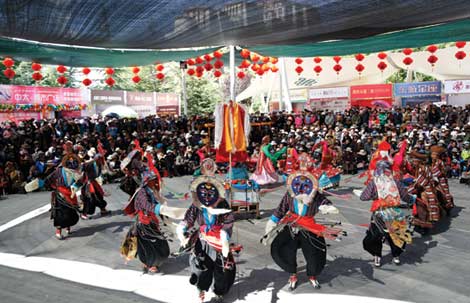
 Tibetan culture to display splendor in Canada
Tibetan culture to display splendor in Canada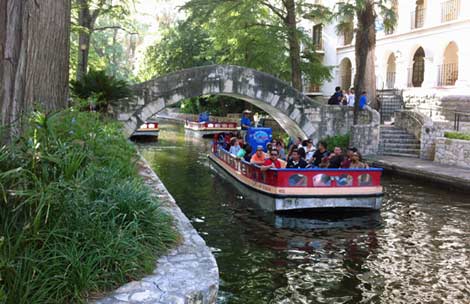
 Reclaiming a piece of history
Reclaiming a piece of history
 Across Americas over the week (Oct 24-30)
Across Americas over the week (Oct 24-30)
 Halloween haunts China as popularity grows
Halloween haunts China as popularity grows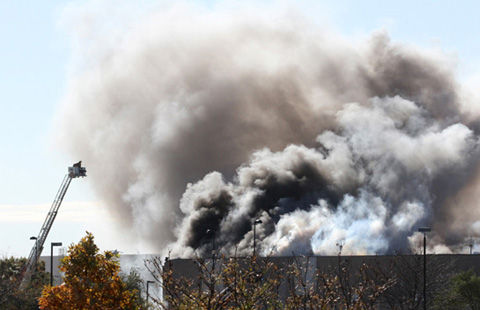
 At least 4 killed in small plane crash in Kansas
At least 4 killed in small plane crash in Kansas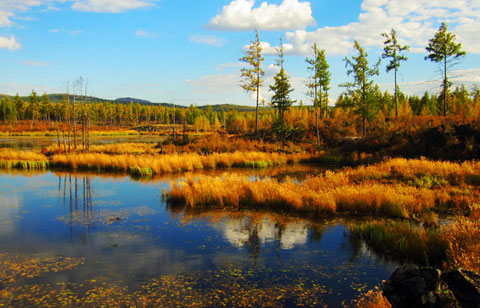
 Road trip to Arxan National Forest Park
Road trip to Arxan National Forest Park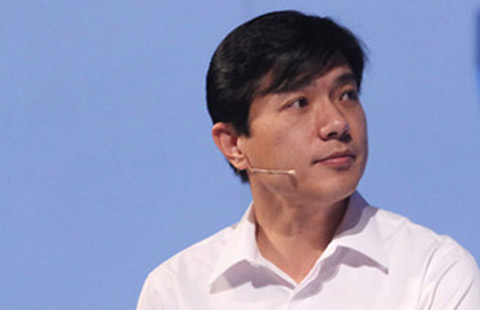
 Top 10 richest Chinese in 2014
Top 10 richest Chinese in 2014
 China to join pro football wars
China to join pro football wars
Most Viewed
Editor's Picks

|

|

|

|

|

|
Today's Top News
Space tourism set back by accident
Chinese Internet companies find Brazil attractive
US spaceship test flight failure kills at least one
Breast cancer a factor in Shanghai's low birth rate: doctor
The rise of intolerance
Olympics bid fuels drive for clean air
Lenovo buys Motorola Mobility
China rail reps visit California
US Weekly

|

|







